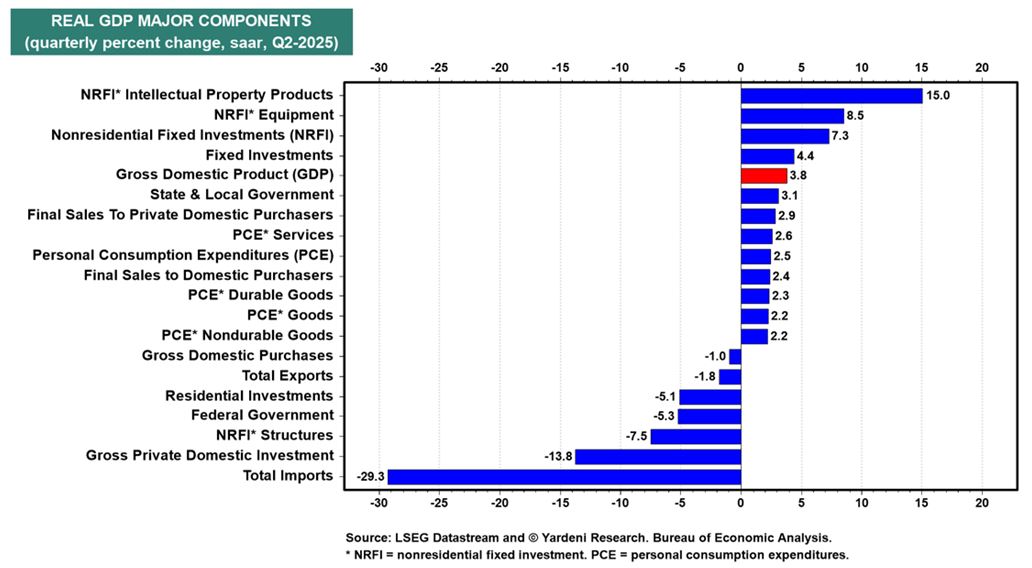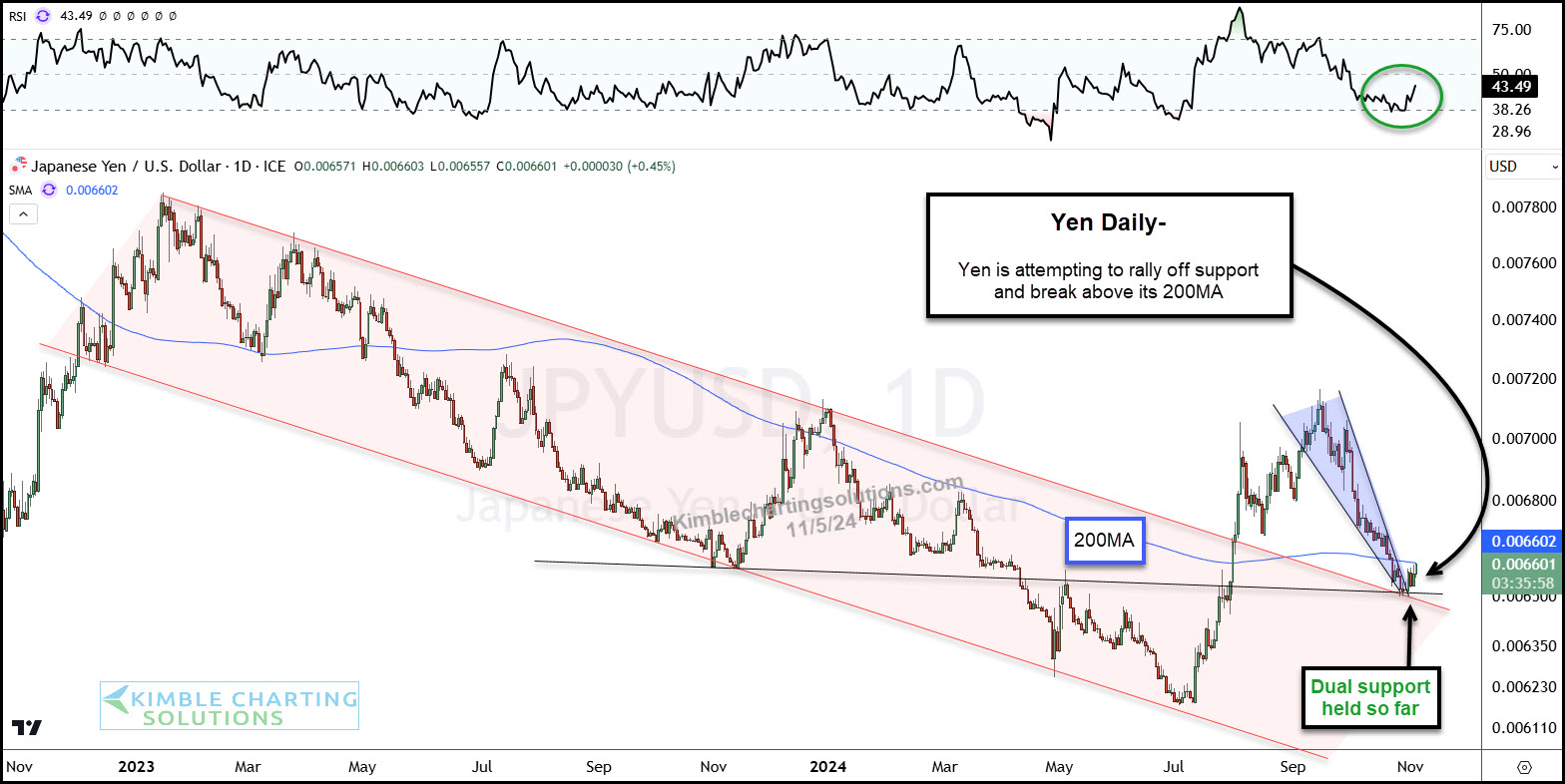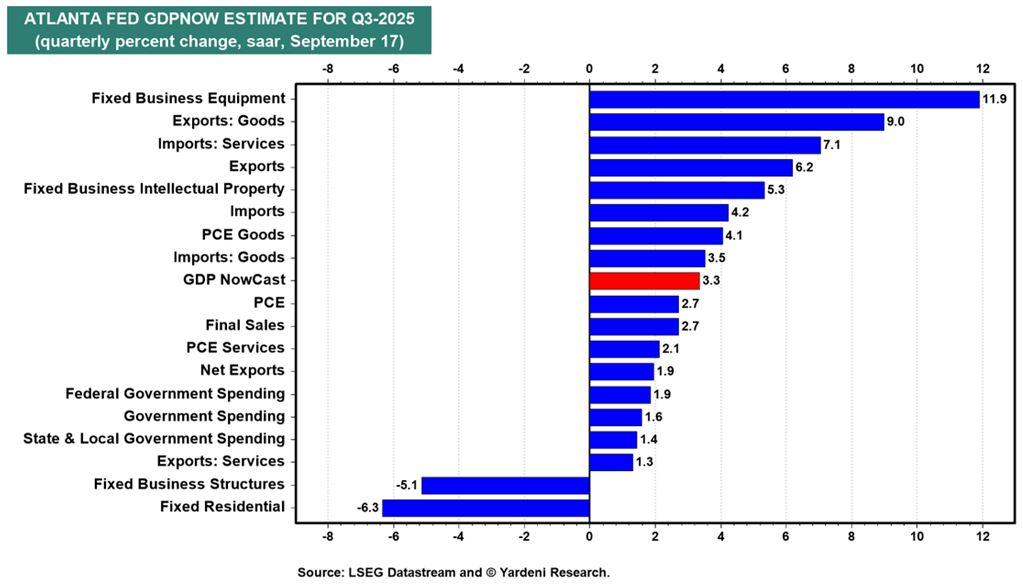Gold prices dip as December rate cut bets wane; economic data in focus
Last week’s third and final estimate of the second-quarter real GDP growth rate rose fairly dramatically, from 3.3% to 3.8%, confirming that the economy is in good-to-great condition. Most notably, I’d say, the consumer is still shopping, big-time, as real consumer spending was revised up from 1.6% to 2.5%.
Here are some of the major winning (and some losing) components of 2Q GDP, thanks to Ed Yardeni.

Fixed investments in intellectual property (IP) were up the most (+15%) while imports were down the most (-29%), partly due to the imposition of higher (but temporary) tariffs on some trading partners.
Moving ahead to the current (third quarter), ending last Tuesday, the Atlanta Fed’s model, GDPNow, estimates a continuation of the second-quarter’s torrid pace, at +3.9%, up from a 3.3% estimate earlier last week.

Looking at the leading component from the Atlanta Fed, we see fixed business equipment rising the most (nearly 12%), while fixed residential and business structures were the main drag, down 5% to 6%.

This sudden upward revision in real GDP growth in two consecutive quarters – combined with the recent downward revisions in employment – implies that productivity growth is fueling this surge. The Fed cut rates due to a weakness in the labor market rather than high growth or high inflation, but this latest wave of decline in new jobs seems to stem mostly from productivity growth, replacing humans with bots.
Bottom line, the Fed’s easing can’t “save” the job market, but it could fuel a stock market melt-up.
